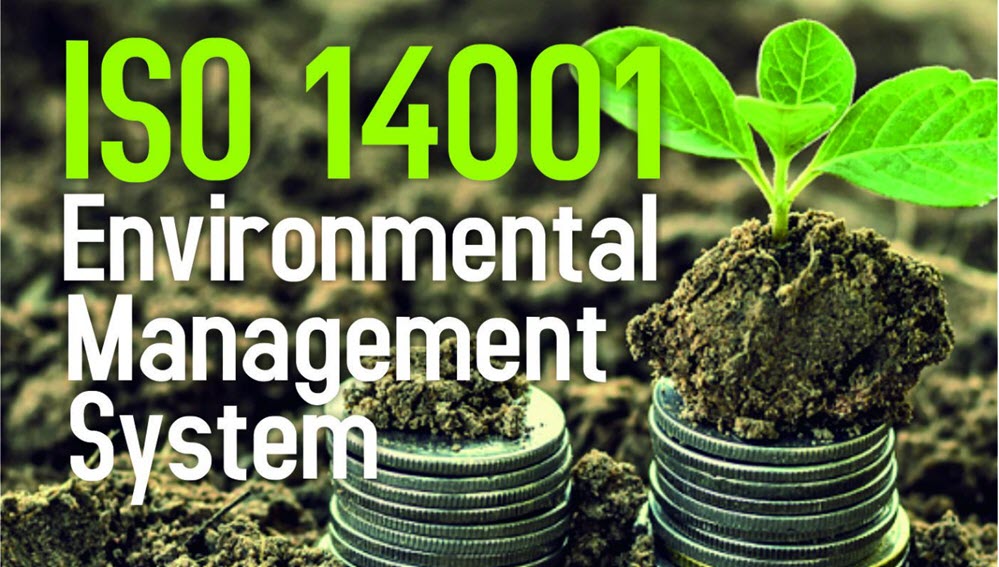An Occupational Health & Safety Management System is a way for an organisation to manage occupational health & safety at the workplace. It is integrated as part of the organisation’s management system and includes:
- Organisation and work guidelines for health and safety in an organisation.
- Planning the process for preventing accidents and illnesses.
- Exercises, routines and resources for development and implementation, review and maintenance of health and safety policies in the workplace.
The occupational health & safety management system can be successfully implemented in an organisation with the following important steps.
Step 01 – Leadership and Commitment of Employees
Management of the health & safety leads the organisation to establish, implement and maintain an occupational health and & safety management system.
The elements of leadership related to the management system includes:
- Establish an occupational health and safety policy in the workplace.
- Provision of resources adapted to the management system.
- Definition and delegation of roles, responsibilities and authorities in the health and safety management system.
- Integration of the occupational health & safety management system into other business systems and processes.
The following steps are required to achieve employee participation:
- Make time and resources available to employees.
- Give employees quick access to relevant information.
- Identify and remove barriers to employee participation in the health & safety management system
Step 2 – Planning for an Occupational Health & Safety Management System
The workplace formulates a plan to follow its health and safety policy in accordance with the legal requirements to health & safety. An important part of planning includes setting specific goals and objectives to give direction and drive continual improvement.
Management defines the expectations of managers, supervisors and employees and the program. This is the next step for effective planning.
- Collect and review relevant information to identify problems with the occupational health & safety management system.
- Prioritise the health and safety management system problems identified in the previous review.
- Development of goals for the management system and for risk control based on their priority.
- Create an implementation plan to achieve the prioritised goals.
Step 3 – Implementation and Operation
The occupational health & safety management system is implemented based on achieving the defined commitments in policies and the targets set for the objectives. This is done with emphasis on identifying and assessing hazards and, of course, risk prevention and control.
The following steps should be considered for better implementation and operation.
- Implement a reporting system.
- Train workers how to identify and control hazards, e.g. with toolbox talks.
- Conduct inspections.
- Collect hazard control ideas.
- Implement hazard control ideas.
- Address/anticipate workplace emergencies.
- Seek input on workplace changes.
- Risk assessments.
- Hierarchy of control.
- Design review and management of change processes.
- Process verification.
- Procurement.
- Documentation.
Step 4 – Monitoring and Performance Evaluation
An organisation should measure, monitor and evaluate health and safety performance. Implementing an occupational health and safety management system is a good starting point, but ineffective without adequate monitoring.
Following steps should be considered for proper monitoring and improvement of performance.
- Determining the causes and effects that underlie the design and operation of the health and safety management system.
- Monitor, measure and evaluate the health & safety management system.
- investigate accidents.
- Take corrective action if necessary.
- Update the planning process and management review of the health and safety management system.
Step 5 – Management Review
The organisation should constantly review and improve its occupational health & safety management system for effective results. Organisations can learn from relevant experience and apply lessons learned. Employers regularly evaluate what works and what doesn’t.
The following items should be considered during the management review.
- General trends and progress towards reduced risk.
- Efforts and efficient processes for identifying, evaluating and prioritising risks.
- Effectiveness of efforts and processes to identify, evaluate and prioritise system errors.
- Processes efficiency in managing the underlying causes of systemic risks and errors.
- Contributions from employees and employee representatives.
- Updates on the status of corrective actions, preventive measures and changes in circumstances.
- Monitor and update the management system based on health and safety audits.
If you are looking to implement an ISO 45001 compliant Occupational Health & Safety Management System, then contact us for a free consultation on how we can support with your project.





















